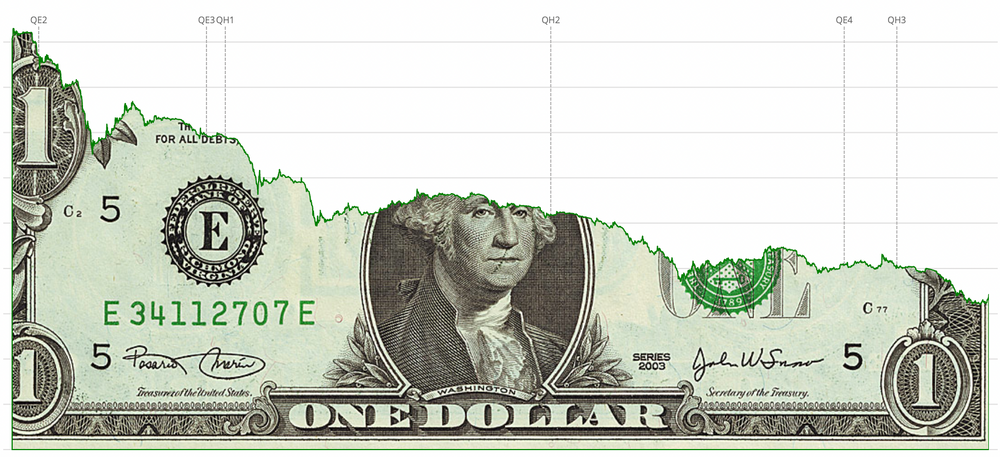Inflation and stablecoins
Stablecoins are a class of cryptocurrency that are generally backed by a reserve asset, like the US dollar. Examples of stablecoins backed by USD include USDT, USDC, and BUSD.
In recent years, stablecoins have become an important component of the digital asset ecosystem. Given the minute-to-minute volatility in assets such as bitcoin and ethereum, the market relies on stablecoins to provide a medium of exchange and store of value. Stablecoins offer the digital convenience and security of cryptocurrencies with the stability of fiat.

Stablecoins provide stability using different mechanisms…
1 – Fiat Collateralized Stablecoins – maintain a fiat reserve like the US dollar or precious metals like Gold, Silver, oil, etc. These reserves are maintained by an independent custodian and regularly audited. Examples include Tether (USDT) and PAX Gold (PAXG).
2 – Crypto-Collateralized Stablecoins – backed by other cryptocurrencies. Given the potential volatility in the cryptocurrencies in the reserve accounts, these coins are typically over-collateralized. MakerDAO’s DAI is the most prominent example of this type of stablecoin.
3 – Algorithmic Stablecoins – use algorithms to balance the circulating supply of the asset. The algorithm issues more coins when the price increases and buys them off the market when the price falls. Empty Set Dollar (ESD) and Ampleforth (AMPL) are two examples of algorithmic stablecoins.
Now that we have that out of the way…..we can consider the question how is a stablecoin impacted by inflation??
Inflation risk
It depends on your goal, what you’re measuring inflation against and what type of stablecoin you’re holding.
If you have a dollar pegged stablecoin, then you will move in lockstep with USD (assuming the collateral mechanism works) which will be exposed to the inflation that US policymakers are intent on ignoring because nobody wants to turn off the money printer - brrrrrrr.
USD inflation may be a palatable risk if you’re living in Argentina, but may not be your ideal scenario if you live in the US and are determined to avoid fiat debasement.
If you’ve found your way to crypto as an alternative to fiat monetary systems – using USD stablecoin for anything beyond a medium of exchange is likely not the solution you’re after. As a store of value, something like a gold or commodity backed stablecoin may be a better solution for you. A few options to consider: Pax Coin (PAXG), Tether Gold (XAUT), Certified Diamond Coin, Petrodollars, LODE.
However it’s important to note an asset backed coin will display the volatility of the asset that underlies it.
To summarize
Fiat inflation should have a proportionate impact on fiat based stablecoins, since their goal is to match a fiat value. You may have better luck hedging your inflation risk with a volatile, commodity backed stablecoin.
In other words, the inflation rate of the US dollar will match the inflation rate of USDC or USDT. As more brrr happens, some of that brrr (USD) will be converted to stablecoins which will make trading cryptocurrencies more liquid. Similar to asset price inflation (stonks only go up), we saw a slightly more delayed digital asset price inflation among cryptocurrencies – altseason as it were and the euphoria associated with it.

Perhaps the best way to manage inflation is to just buy BTC, ETH, real estate, art or gold (not investment advice)?






